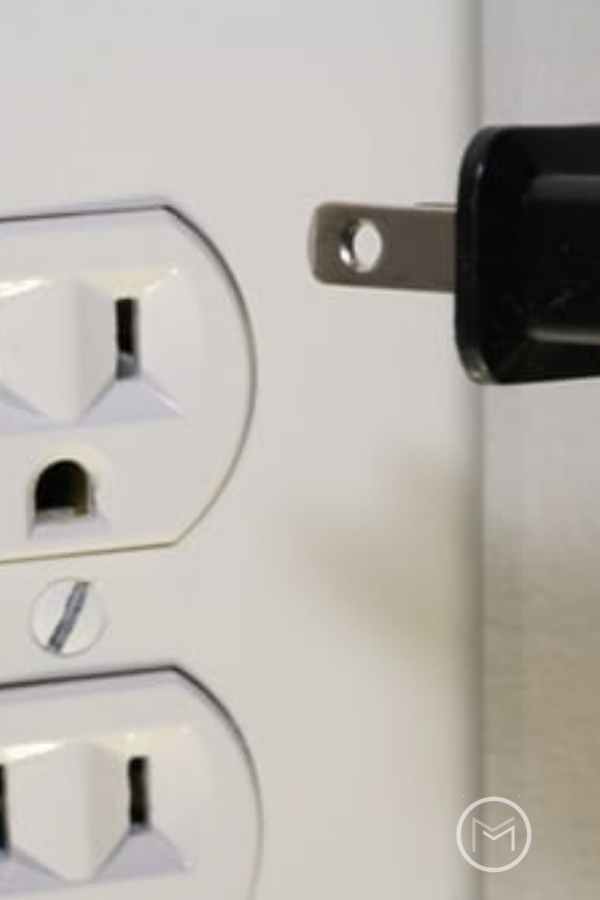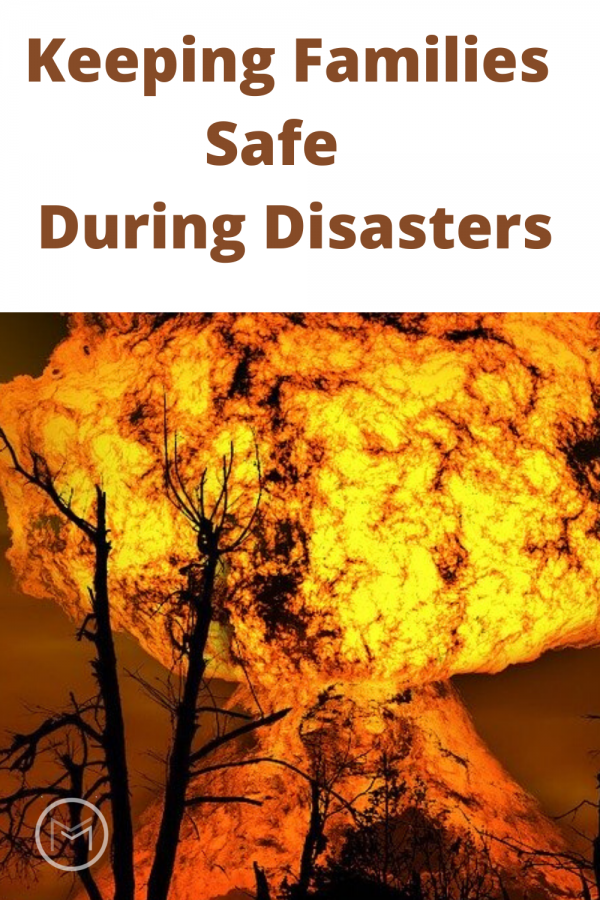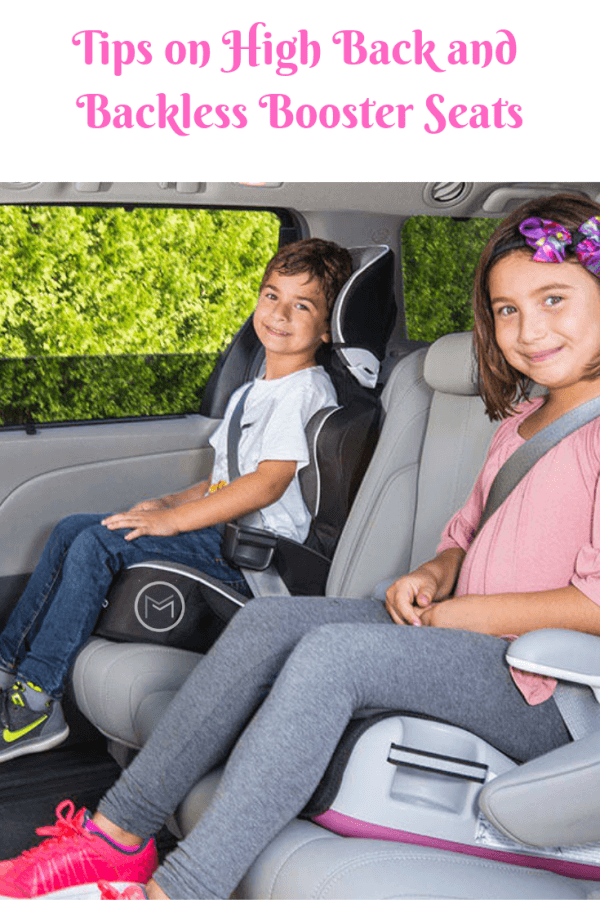Today, I’m sharing parenting advice on how to make your home safe. Your home should be a safe space for your family. Especially, if you have small children. Perhaps, it’s you’re a first time parent. If so, your home might pose a significant danger that you hadn’t realized until you became a parent. Every parent wants to make sure their home is the safest place for their children.

Here’s a few tips on how to make your home safe:
Keep Chemicals/Dangerous Objects Locked Away
Your typical household cleaning products aren’t usually a threat. But, if you have children you can imagine the damage they could do if your child got hold of a bottle of bleach? Simply, spilling bleach on their sensitive skin could cause severe damage. We don’t think about this as adults because we’ve been taught the danger growing up. Now, it’s our turn to teach our children. You can start by locking up your chemicals. Furthermore, you can switch to more natural products that use natural ingredients, rather than chemicals.
Ideally, you want them to not only be out of reach, but to behind a locked door. Children are clever and can often surprise us with how they manage to get into things. So, make sure you’re taking the necessary steps to secure dangerous products and materials.
Child-Proof Sharp Edges
There are plenty of objects around your home where you’ll often bump into and yell a few cursed words. Whether you stub your toe or touch the curling iron that you left on. It’s important to recognize these as added dangers for your children.
When children are young, they may fall when learning how to walk. They may find themselves bumping into tables and causing an injury. Try to child-proof sharp edges. Furthermore, focus on things like the coffee or dining table. For example, make sure sharp edges are baby-proofed. Check for other products that will help you childproof your furniture.
Ensure All Smoke Detectors Are Working
Smoke detectors can go inactive for long periods of time. Only until you accidentally burn some toast do your hear the deafening sound of the alarm going off remind you it’s there. However, they can still end up running out of battery power if not checked regularly. So, it’s important that you replace your batteries often. If you have multiple smoke detectors, make sure you test all of them. Having smoke detectors that are working properly can help reduce the likelihood of anyone getting hurt if a fire starts in your home.
Debug and Pest-Proof Your Home
Debugging your home is an important part of maintenance. Having pests running around is something you don’t want. Pests carry illnesses and bacteria, so you want to debug and pest-proof where you can. If you have a mosquito problem, there are services like Mosquito Authority that can help reduce the amount of mosquitoes you have. Additionally, when it comes to pest-proofing your home, check the exterior and interior of your property for any gaps or cracks within the walls. These can be ideal entry and exit points for pests. And, it’s good to seal these up where you can.
Keep Plug Sockets Covered
Plug sockets can be an ideal place for your children to explore with their small fingers. As a result, plug socket covers should be used to cover outlets. They have been around for years, and are a good preventative measure. As a rule, you might want to make sure that any appliances not in use are switched off too. When you see your child near an outlet, teach them about the danger. Children can comprehend, and when they don’t we must keep reminding them. When you make them aware, they take you seriously rather than disobeying.
Get Rid Of Choking Hazards
For any parent that’s ever experienced a little one choking, it can be utterly terrifying. That feeling of helplessness that comes with not knowing how to dislodge something from their throats is horrible. It’s imperative that every parent have knowledge of first aid. Knowing how to help your child or another one when they are choking is a serious issue.
Check your home regularly, for items that children can put in their mouth and possibly choke on. We forget that there are things in the home that are dangerous to small children. Sticking things in their mouth to taste it is normal. De-clutter every now and then to ensure you’ve gotten rid of anything that might be dangerous.

Never Leave Small Children Alone
As much as you’d want to have a spare minute (or second) of alone time, small children should never be left alone. You can child-proof your home, but they still manage to get themselves into a predicament if left unattended. Don’t take your eyes off them, it doesn’t take long before they find something to explore.
If you need a moment or two alone, seek out your partner or another adult in the household. Make sure you work together to ensure the child is never left to their own devices. You’re responsible for them and they rely on you to help them navigate the world. If all else fails, put the child in their crib or another safe place until you return.
It might be worth having a home monitor to help you keep your eyes on your children. If the task can be done with the child in tow or done later on in the day, opt for that instead of leaving them alone.
Making your home a safe space for your child is a difficult and challenging task, but one that needs to be done. Our tips on how to make your home safe will help. Use these tips to make sure that your home is a comfortable space for everyone, and one that gives your child the safe space they need to grow.




 Keren Simanova is a busy mommy by day and a passionate writer by night. While spending countless hours researching car seats for her children, she created an educational car seat blog,
Keren Simanova is a busy mommy by day and a passionate writer by night. While spending countless hours researching car seats for her children, she created an educational car seat blog, 



